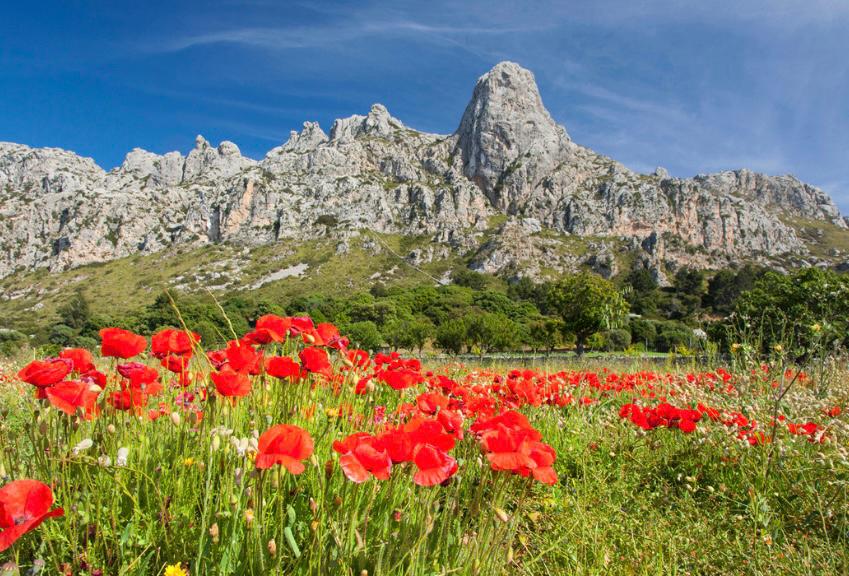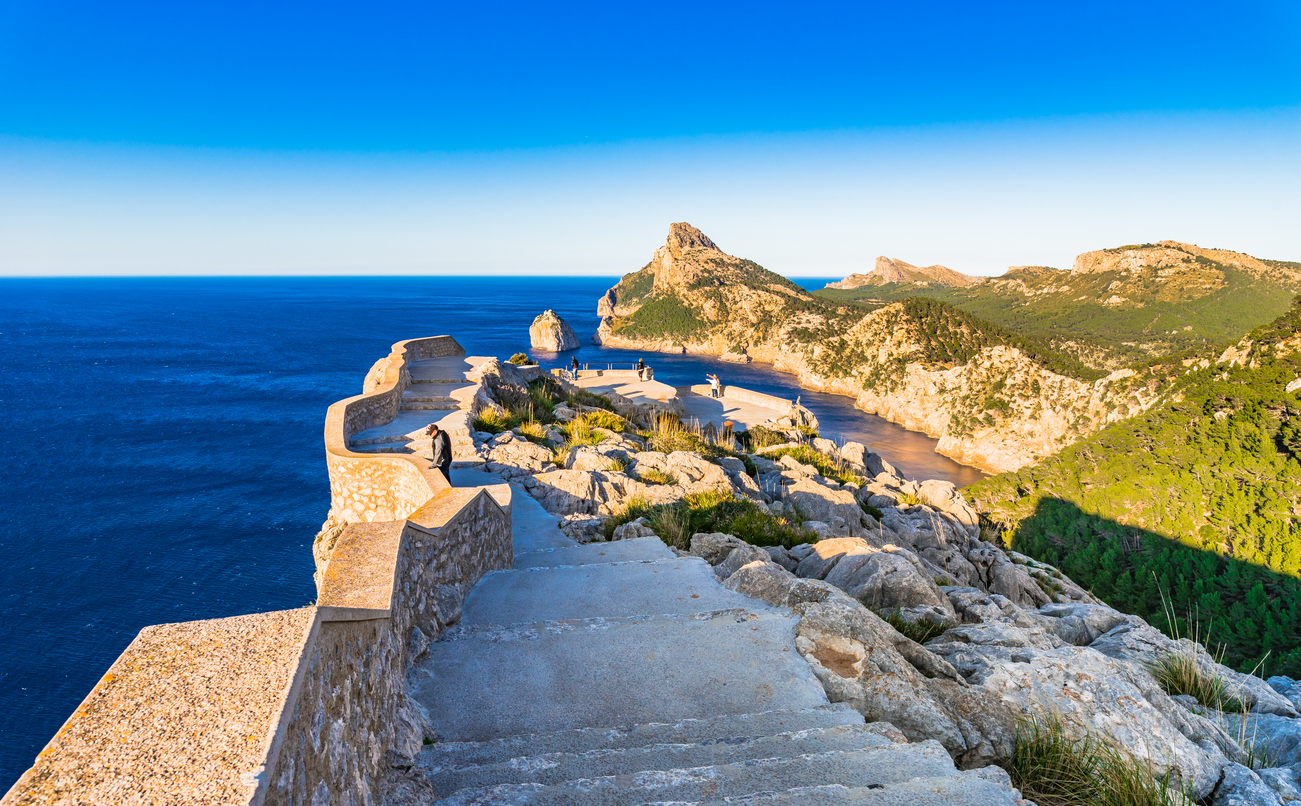
H
umans could learn a few things from Mallorca’s vultures. This large bird, often a symbol of impending death or fear in movies and classic cartoons, splits parenting responsibilities 50-50 between the male and female species. According to Pep Tapia, Program Coordinator for the Conservation of the Black Vulture at the the Fundación Vida Silvestre Mediterránea, the birds, who often partner for life, look equally after the hatchling for five months before it flies off to start its own life, and then, they go right back to it and reproduce year after year, for up to 25-30 years depending on the circumstances. The black vulture is native to Mallorca for over 5,2 million years. It is the only island where these birds are found and where you could see them fly over water and land. The vultures used to feed on a short, fat goat species here, until humans over hunted the goat, leaving the vultures hungry and inclined to seek out new lands. In 1986, there were a recorded twenty black vultures in Mallorca. Today, Pep notes, there are about 400 wild vultures on Mallorca flying freely across the Tramuntana mountains. This is a huge conservation effort, yet much more remains to be done.















